
Product information
Giuseppe Quintarelli Amarone delle Valpolicella 2018
$778
Description
The 2018 Amarone della Valpolicella Classico slowly evolves with a whimsical mix of dusty dried violets, cedar box, cardamom, stone dust and dried black cherries, It displays textures of pure silk, lifted and feminine in nature, as bright red berry fruits wash across the palate, leaving a tactile staining of minerals and sweet tannins. The 2018 shows incredible length and poise, leaving blue and purple inner florals over notes of licorice and clove through the lightly structured and completely harmonious finale. Bury this radiant beauty deep in the cellar. Drink 2027-2040
Eric Guido, Vinous 97 Points
It’s no surprise that Giuseppe is considered the Maestro.
Grapes are carefully selected during harvest. After harvest, grapes sit in wooden boxes or on rush mats Careful attention is paid to the positioning of the grapes so the appassimento can occur naturally. Noble rot starts to appear in November and develops mostly in January. Grapes are pressed at the end of January and after 20 days of maceration, alcoholic fermentation begins with indigenous yeasts. Fermentation lasts 45 days.
Wine is then racked and ages in Slavonian oak barrels for seven years. Alcoholic fermentation continues during this aging period creating a dry wine.
Corvina, Corvinone, Rondinella
Only 2 left in stock
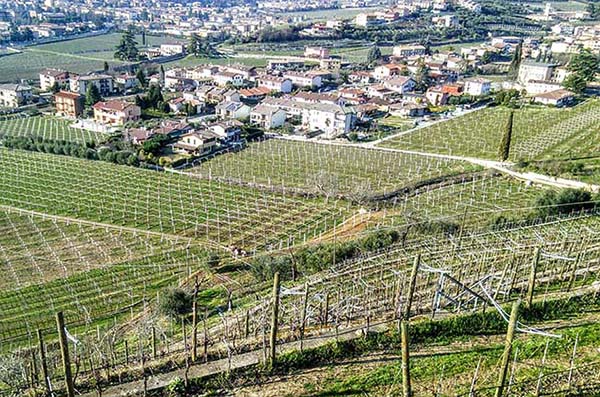
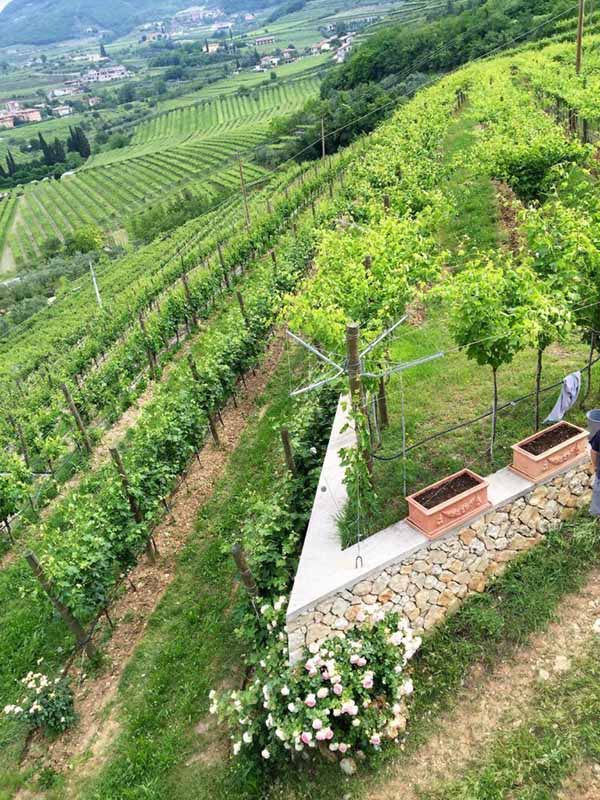

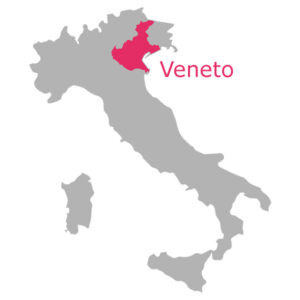
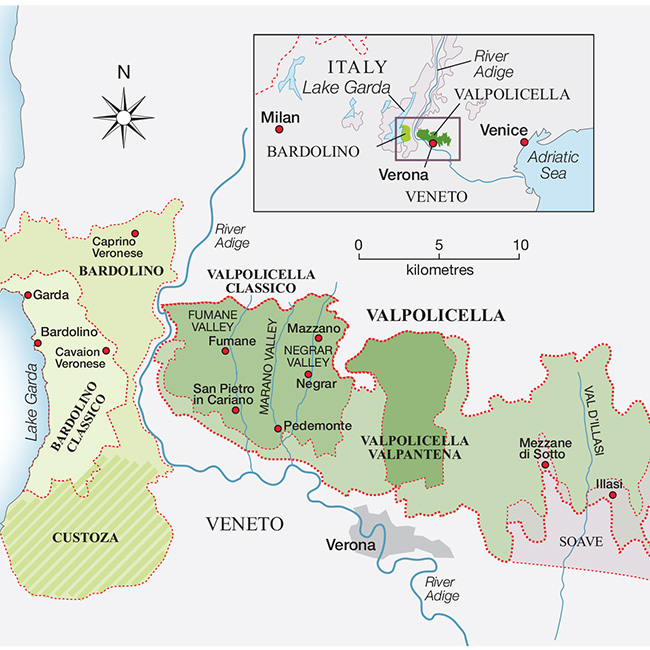
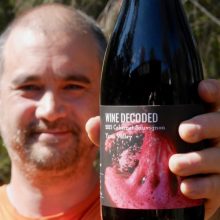
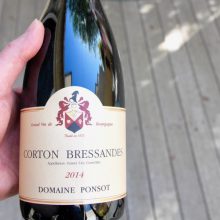
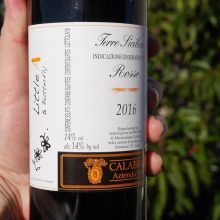
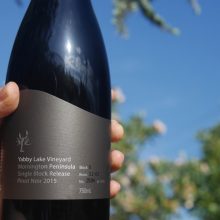
You must be logged in to post a comment.